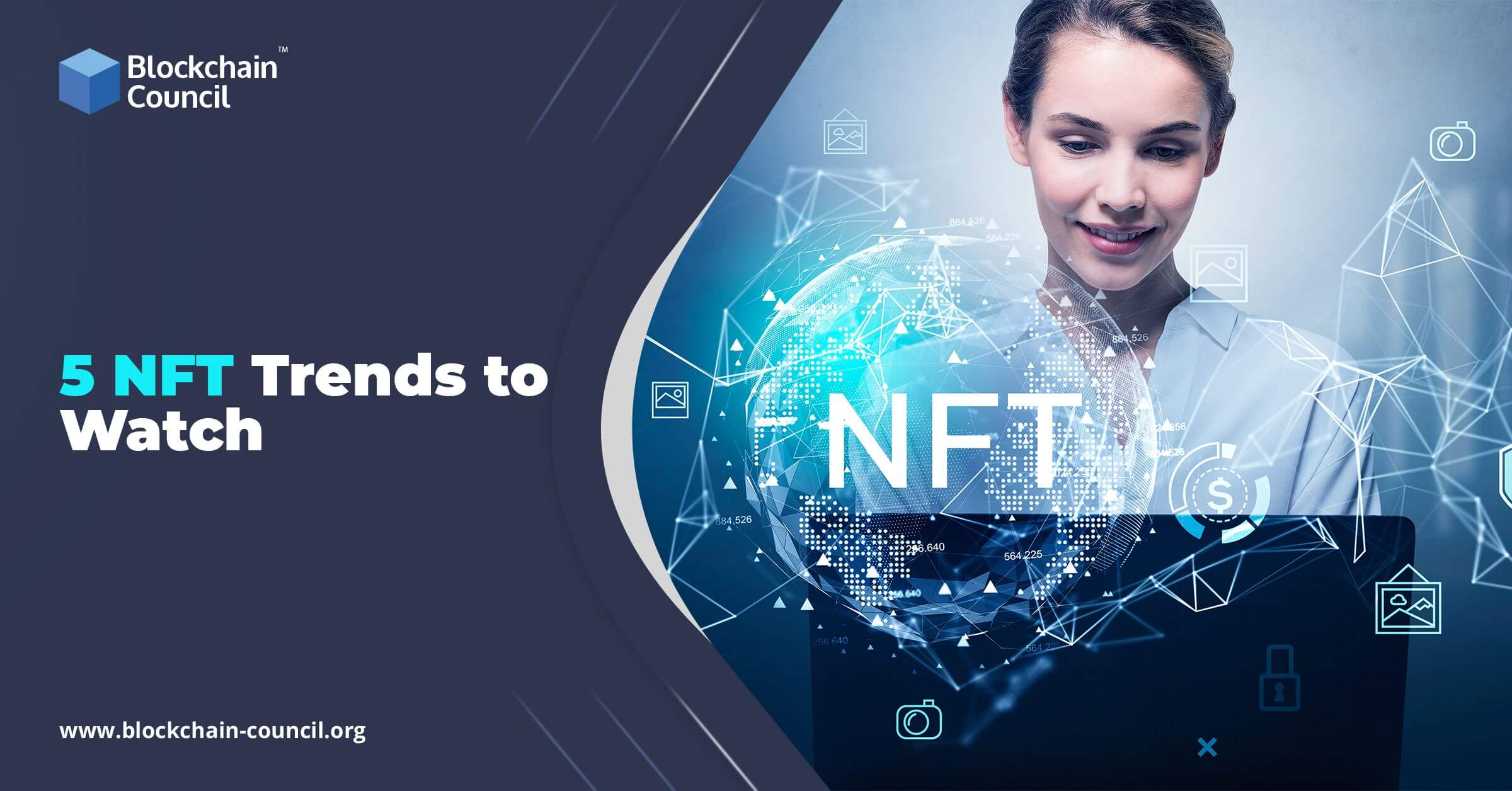
- Anshika Bhalla
- September 27, 2022
Over the last few months, non-fungible tokens (NFTs) have exploded in popularity and piqued general attention. These interactive objects retail for millions of dollars and range from paintings and music to food to toilet paper. It’s time to delve further into the more predictable working reality of NFTs now that the initial hype has died down.
An NFT is a digital artifact that represents real-world objects like art, in-game pieces, songs, collectibles, and images, among other things. These properties are bought and sold over the internet, often through cryptocurrencies. Several crypto assets are normally encoded with the same underlying program as NFTs.
Non-fungible tokens have been available since 2014, but they are now gaining worldwide recognition as a way to sell and purchase digital artwork. Since November 2017, a staggering $174 million has been invested in NFTs. While certain NFTs are small and one-of-a-kind, the majority of digital inventions have an almost limitless availability.
Want to become a Certified NFT Expert? Sign up to the Blockchain Council now!
NFTs are transforming the way we talk about cryptocurrency and innovation by injecting economic economies and long-term models that don’t depend on advertisements and instead rely on authentic, active societies.
Now that we’ve spoken about NFTs, let’s look into how long they’ve been in service. What would the scaling industry look like in the coming years? The top five NFT developments to keep an eye on are listed below.
-
Enterprise IP networks and emerging media
When the token market collapsed in 2018, a considerable majority of the crypto community shifted its focus to institutional enablement models. This meant providing proprietary, permissioned protocols and networks to make it easier for large industrial, financial, or governmental institutions to use them. As a result, digital assets and consultancy programs such as IBM, R3, IBM, Digital Asset, and others were developed. These efforts aimed to turn the conventional economic operation into a blockchain-controlled version.
The same thing is also going to happen in traditional media. Many publishers of media properties in the fields of film, music, and art would work together to investigate the NFT space.
Unlike financial institutions, which are bound by rules and laws, media companies are by their very nature innovative. Their engagement with blockchain technologies is expected to result in fresh interpretations of what NFTs are and how they can add value to a brand’s overall experience. The reach of blockchain technologies will be broadened by media campaigns.
-
Generative Art and Blockchain as a Medium
The medium in which creative performance and art are represented is a representation of the medium in which they are expressed. What the artist may display and render is determined by the tools, devices, and palettes he or she uses.
Today’s blockchain-based digital objects can be thought of as economically scarce Web 2.0 image and video data. These graphical artifacts are reminiscent of the early smartphone’s skeuomorphic architecture, which resembled images of bookshelves or paper notepads. These images were eventually replaced by simple, easy-to-understand icons that made software apps more user-friendly.
-
The Metaverse, DAOs, and Digital Museums
At the periphery of the economy, digitizing the communal considerations is getting easier. Decentralized autonomous organizations (DAO) are software-defined investment collectives that can form in days and bid thousands or even millions of dollars on the acquisition of well-known artistic expressions.
Financial structuring can be achieved rapidly and conveniently thanks to Ethereum’s interoperability. Users can send and lock NFTs to individual addresses. New tokens may also be created and collateralized, with the possibility of being redeemed for NFTs. In the fiat universe, this is very difficult to do. This has been done in a matter of months by B20, Metakovan’s tokenized Beeple project, NFTX, the CryptoPunks fund makers, and others.
-
IPFS and multi-chain help for NFT ownership
When anyone buys an NFT, they always ask what exactly they can get. To put it another way, you will own a key to a file that was kept somewhere else. The file and the reference will be extremely encrypted and distributed. It appears complicated at first glance because each Ethereum-based platform can handle minting, burning, and exchange in slightly different ways.
These platforms then code their smart contracts to conform with industry requirements, but execution will vary. NFTs usually have a connection to the file’s location on IPFS, a decentralized file storage protocol. Essentially, this ensures that even though the website provider goes out of business, the NFT file will still be accessible on the internet.
-
Decentralized Finance and Portfolio Management Integration
It’s important to note that virtual objects are still a type of cultural capital in terms of economics. Financial returns are produced and plugged into financial reporting by a piece of physical art or the mechanical rights to a music file.
Traditional and emerging art are expected to be integrated into emerging financial frameworks such as blockchain. The financial world is currently constructing bridges to enable consumers to on-ramp into crypto assets such as Bitcoin. This may be done by exchange-traded funds, PayPal accounts focused on Paxos or financial advisers.
Wrapping up
NFTs are really interesting for all crypto-natives and those who have never engaged in the crypto community before. These new assets seem to be having a significant effect on society. NFTs, on the other hand, are only in their early stages, and investors can do their homework before investing in them.
To get instant updates about Blockchain Technology and to learn more about online Blockchain Certifications, check out Blockchain Council.

































































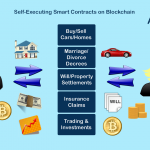
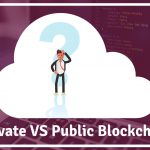
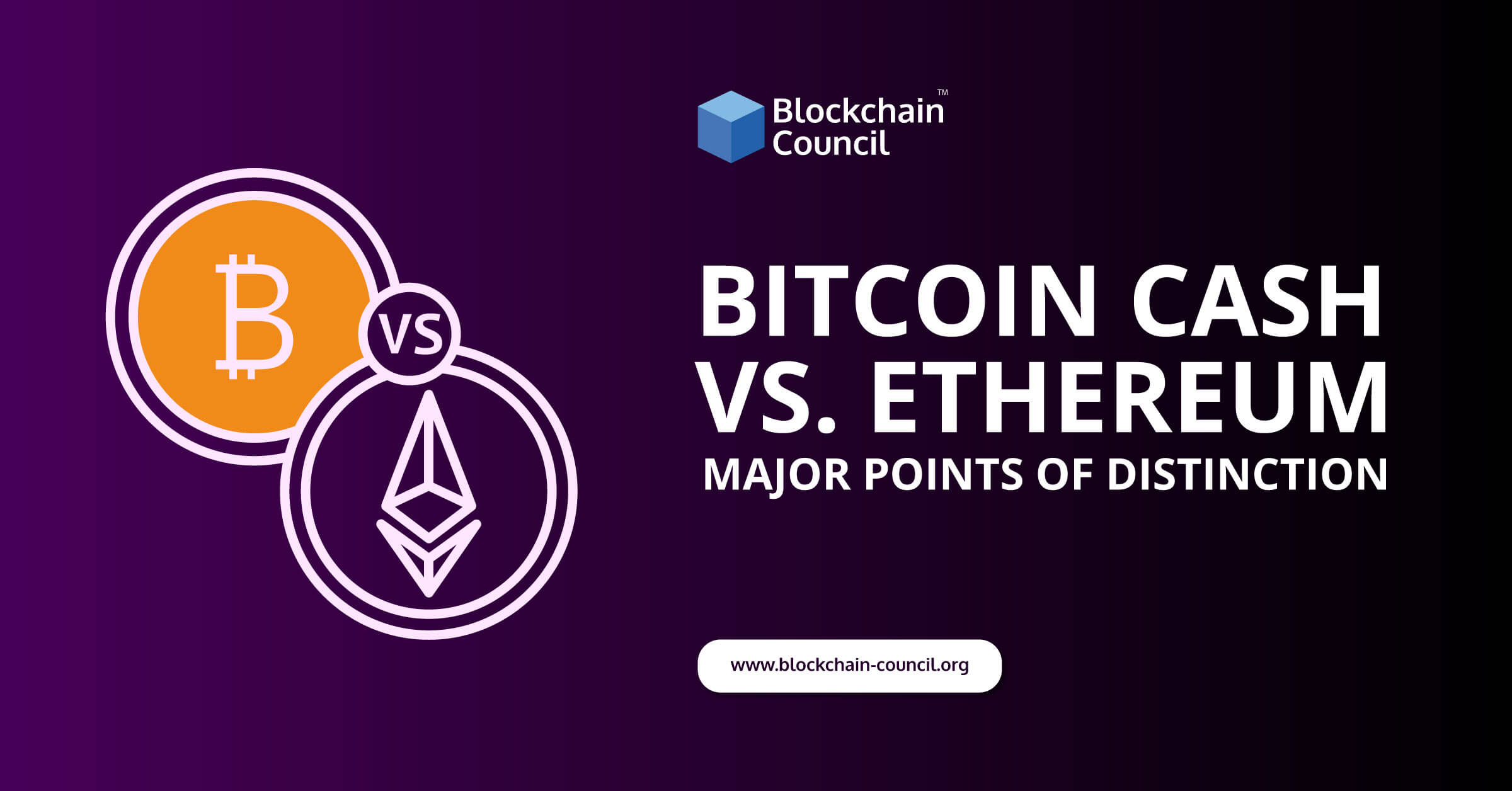
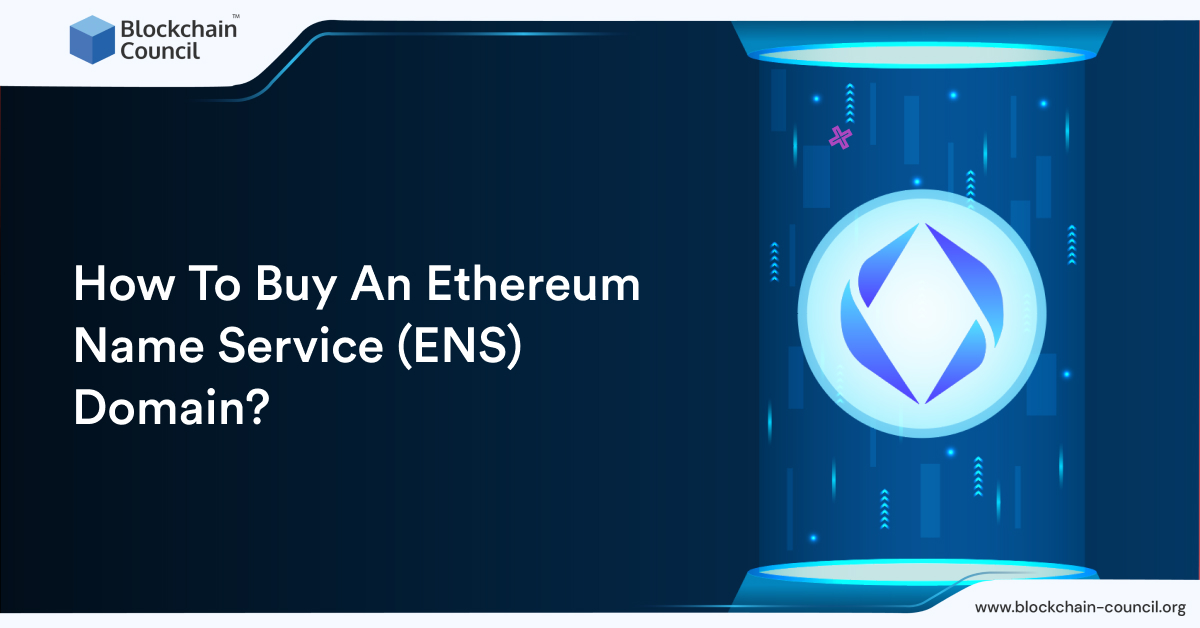
 Guides
Guides News
News Blockchain
Blockchain Cryptocurrency
& Digital Assets
Cryptocurrency
& Digital Assets Web3
Web3 Metaverse & NFTs
Metaverse & NFTs
